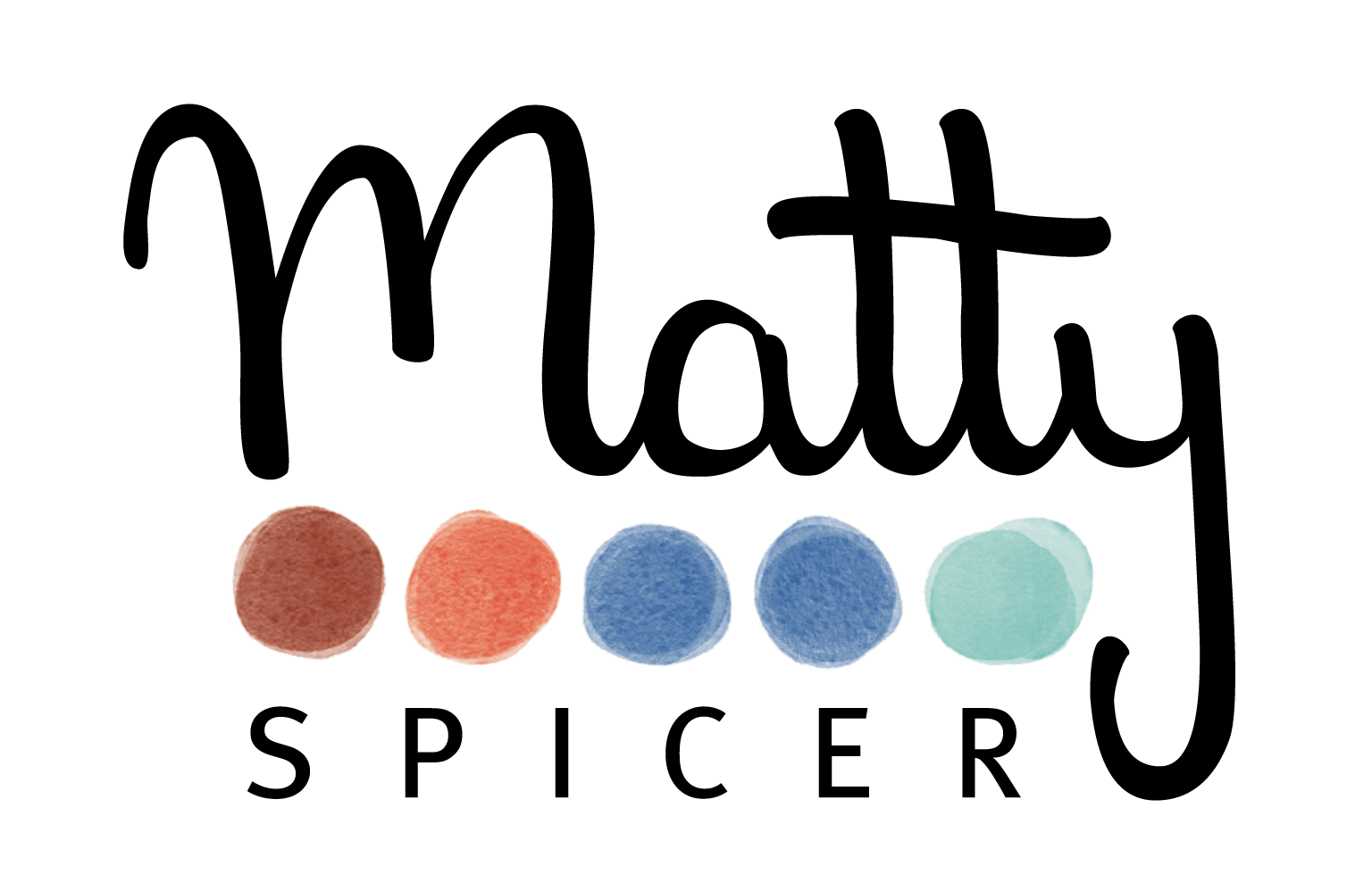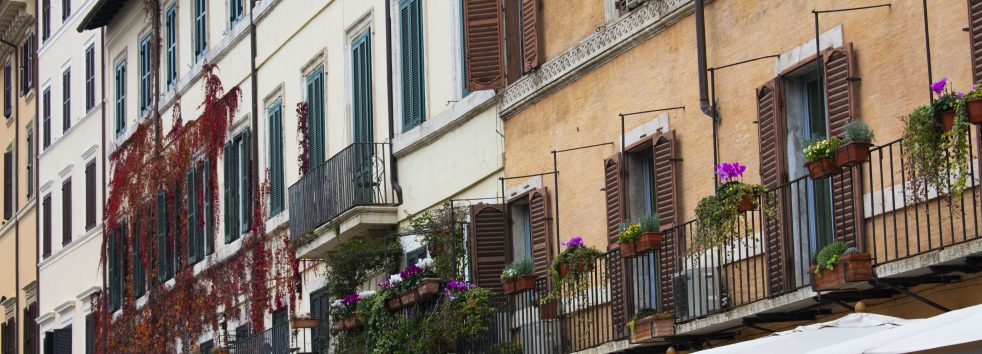On November 29th, 2017 we visited the Wright State Creative Arts Center where we traveled through the permanent gallery that they had. They had many art pieces that contained a narrative, and by using space and motion, the artists were able to construct a story for the viewers to follow.

This first art piece is called The Sea, made in 1959 by Hans Hoffman. I really enjoyed this piece because of the amazing color and the feeling that comes to the viewer. It is a combination of chaotic and calming. The blue, white, and green elements are calming, especially with the combination of that beautiful curved swoosh in the middle. This swoosh shape brings you back to the chaotic parts with colors such as orange, purple, and yellow. The origin of this chaotic combination seems to come from the bottom right corner, where all of the colors are present in a calm strip. The narrative in this painting seems to be the feelings that you get when you hear and experience a wave. The paint strokes also resemble a large wave that is crashing down. Hans Hoffman does a wonderful job of building space with having a darker background filled with several colors and then placing the brighter and more active colors on top of that, resembling the wave.

This piece of art is Untitled and was created in 1985 by Deborah Kahn. The main focal point seems to be the top portion of the piece and Deborah makes this clear because of the amount of interest in this area. She uses numerous colors, fragmenting, and small little circular portions of interest in this area. There seems to be a small town that Deborah has created in the top right corner with all of the lines and fragmenting, it makes the viewer see this area as different levels and roads, similar to the line starting in the bottom of the piece and leading all the way to the main focal point, creating compositional flow. It is clear that there is a narrative in this piece because of all the little sections of interest that look like memories or pieces of information, possibly about the people that she has painted or maybe about the story she is telling. With scale shift she brings the viewer into the composition because the largest person on the left is what your eye is drawn to and then you move to the next largest person, and then you are drawn to the area with many story bubbles and lines. I really enjoy this piece because of how interesting all the areas are and the little bubbles that seem as though they contain a story or piece of information.

Both of these pieces were created by Miriam Rudolph in 2015. The first piece is called Enclosure II and the second piece is called Enclosure I. The color difference between the two pieces is interesting because it seems as if Enclosure II grew and developed more. There are more trees in Enclosure II and more people. It seems like a growing community that is expanding and growing new plants with the green section in the bottom left corner. The space that all of the people are enclosed in has a fence, so they are physically enclosed in that space. This piece might have significance relating to the development of a community and all of the pieces that come with this growth. Her use of negative shapes is interesting because a conventional way of representing people is with positive shapes, yet Miriam chooses to represent all of the people who are mainly in the foreground, with negative shapes. It is interesting that she represents some of the people in the background with positive shapes, possibly to make them seem as if they are far away and blurred with no detail. The order of these compositions can be interpreted in two different ways, one it can be that the society is evolving from the composition on the left to right, or the society is devolving with the composition on the right to left. The narrative quality of this piece is very interesting because of how the artist takes you into this world of these people and with scale shift makes it seem as if you are walking in this community.










 For my first composition, the three shapes in the middle are of splatters I found on the ground, and I traced the splatter I found and then put it into graphic and drew it with the pen tool. I then printed it out and wanted to go with the theme of aliens or dementors from Harry Potter and how they are heading to the black splatter in the corner. To show this motion and urgency with heading to the top right corner I drew many lines coming off of the white paper surrounding the dementors. I also included many red splatters in the lines to show that these pieces were coming off of the figures as they were moving. I used the illusion of overlapping many times with the splatters and paper that I found underneath the figures and the lines and splatters that I drew. This creates a sense of space and then direction is created through the angle of the figures and the lines that are coming from the figures.
For my first composition, the three shapes in the middle are of splatters I found on the ground, and I traced the splatter I found and then put it into graphic and drew it with the pen tool. I then printed it out and wanted to go with the theme of aliens or dementors from Harry Potter and how they are heading to the black splatter in the corner. To show this motion and urgency with heading to the top right corner I drew many lines coming off of the white paper surrounding the dementors. I also included many red splatters in the lines to show that these pieces were coming off of the figures as they were moving. I used the illusion of overlapping many times with the splatters and paper that I found underneath the figures and the lines and splatters that I drew. This creates a sense of space and then direction is created through the angle of the figures and the lines that are coming from the figures.  For my second composition I created a scene of juice coming from a pear and lemon that is made entirely of splatters. I wanted to create a sense of motion with the juice coming from the lemon and pears with the splatters both above and below. there is overlapping occurring with the splatters above the fruit, creating a figure/ground relationship. There is also the direction that is going downward created by the drips and splatters. These drips also convey anticipation because it looks as if they are dripping from the paper and moving down from the fruits. Repetition is also a large part of this piece that shows motion because I repeated many of the splatters and drips, showing that they continue and are moving. I also cropped some of the splatters and drips to show continuity because there is more to the composition then the viewer can see.
For my second composition I created a scene of juice coming from a pear and lemon that is made entirely of splatters. I wanted to create a sense of motion with the juice coming from the lemon and pears with the splatters both above and below. there is overlapping occurring with the splatters above the fruit, creating a figure/ground relationship. There is also the direction that is going downward created by the drips and splatters. These drips also convey anticipation because it looks as if they are dripping from the paper and moving down from the fruits. Repetition is also a large part of this piece that shows motion because I repeated many of the splatters and drips, showing that they continue and are moving. I also cropped some of the splatters and drips to show continuity because there is more to the composition then the viewer can see.










































